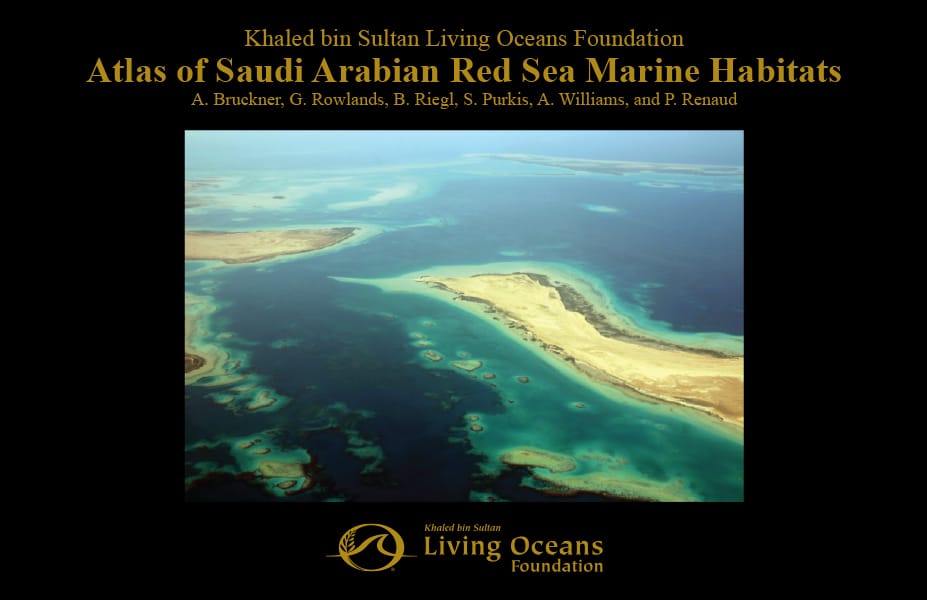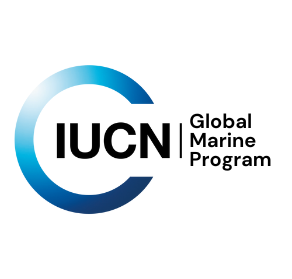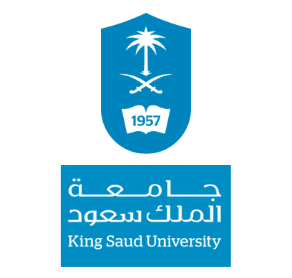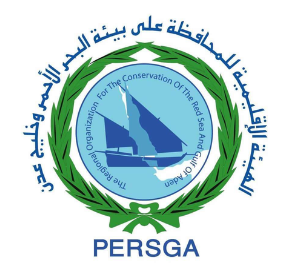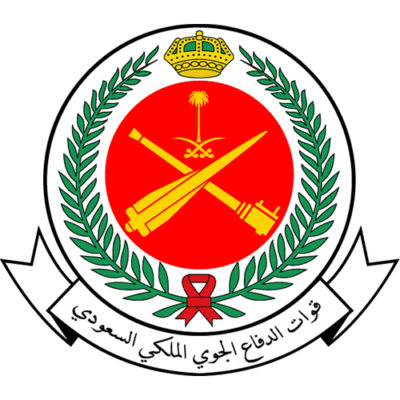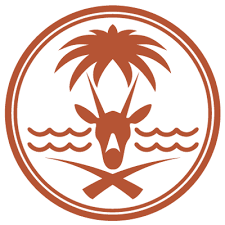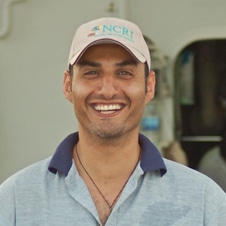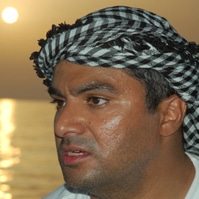The Red Sea
Mapping Saudi Arabia's Red Sea Reefs
The Red Sea
Mapping Saudi Arabia's Red Sea Reefs
ABOUT THE EXPEDITION
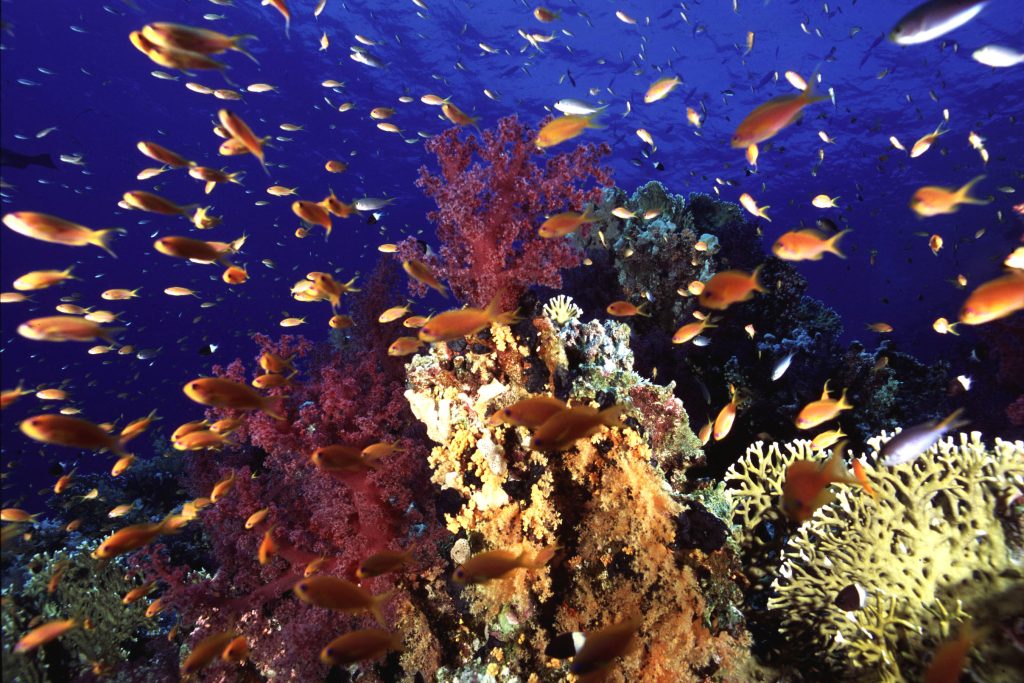
Exploring the Red Sea
The Red Sea is home to some of the most biologically rich and least disturbed coral reefs in the world. Between 2006 and 2009, the Khaled bin Sultan Living Oceans Foundation led an ambitious four-year research campaign along the Saudi Arabian Red Sea coastline—our first major Science Without Borders® field effort. Aboard the M/Y Golden Shadow, our team of international scientists conducted extensive surveys in five key regions: the Farasan Islands, Ras Al-Qasabah, Al Wajh, Yanbu, and the Farasan Banks.
In partnership with leading marine science institutions and government agencies, we combined satellite imagery, aircraft sensors, and underwater fieldwork to produce the first high-resolution coral reef habitat and bathymetric maps of this region. This work not only expanded scientific understanding of the Red Sea’s unique reef systems, but also laid the foundation for effective marine management and conservation planning. The results of this work were published in the Atlas of Saudi Arabian Red Sea Marine Habitats, the first-ever comprehensive atlas of the region’s offshore coral reefs.
Map
Coral Reefs
Create the most detailed and comprehensive map of coral reefs and shallow marine habitats in the Saudi Arabian Red Sea
Assess
Reef Health
Assess the structure, composition, and state of Saudi Arabia’s Red Sea reefs
Support Science-based Management
Share results with government agencies in Saudi Arabia to inform management and conservation decisions
LOCATIONS
Farasan Islands
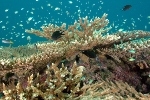
Ras Al-Qasabah
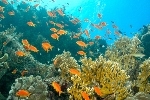
Al Wajh & Yanbu
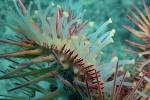
Farasan Banks
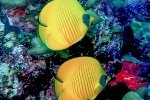
Farasan Islands
May 2006
Throughout the month of May 2006, the Living Oceans Foundation led a collaborative research project in the south-central Red Sea in the vicinity of the Farasan Islands Marine Protected Area. The multi-national science team members provided ‘live’ daily reports of their scientific observations and operational activities during the expedition.
An educational component was completed as a part of the research project. The scientific team wrote daily blogs and created ‘live’ educational videos of their scientific observations and operational activities during the expedition. Each blog was specifically written for high school age students and aligned to the UK National Science Curriculum standards. The blogs and videos were made available to an international audience on the Foundation’s website and social media channels.
Ras Al-Qasabah
September 2007
The Living Oceans Foundation conducted coral reef research missions at Ras Al-Qasabah, an inlet in the northern corner of the Red Sea near the Straits of Tiran. The goals of this work were to map and characterize coral reefs east of Ras Al-Qasabah, focusing on marine habitats around the islands of Al Farshah, Umm Qusur, and Buran. This project is one component of the large-scale marine habitat assessment to assess all of the coral reefs along the Saudi Arabian Red Sea coastline.
From this research, we created extensive and detailed maps of coral reef and shallow-water marine habitats in the Saudi Arabian Red Sea, which can be found on our World Reef Map. A summary of our research in this region was published in the Atlas of Saudi Arabian Red Sea Marine Habitats.
Al Wajh & Yanbu
May 2008
The Living Oceans Foundation continued its series of ocean research expeditions off the Red Sea coast of Saudi Arabia in May, 2008, focusing on Yanbu Barrier Reef and Al Wajh Bank area, north of the city of Jeddah. In collaboration with the National Commission for Wildlife Conservation and Development (NCWCD), National Coral Reef Institute (NCRI), the World Conservation Union (IUCN), and Cambridge Coastal Research Unit, we mapped and characterized shallow marine habitats and assessed the health and resilience of these aquatic ecosystems. The goal of this project was to create ocean floor habitat maps from multi-spectral satellite imagery and an airborne hyperspectral sensor, and to conduct SCUBA surveys of fish, coral, marine mammals, and benthic habitats. All of these maps have been published, and can now be found on our World Reef Map as well as in the Atlas of Saudi Arabian Red Sea Marine Habitats.
Farasan Banks
April 2009
The Living Oceans Foundation conducted coral reef research in the Farasan Banks, a series of islands along the Red Sea coast of Saudi Arabia. The Farasan Banks cover an area of about 350 miles north to south and 30 miles east to west, with an estimated 6 million acres of submerged coral reefs and small islands. Jacques Cousteau described the area as the wildest of all reef complexes in the Red Sea in his 1953 book The Living Sea. Our 2009 expedition focused on collecting data to map and characterize the various marine habitats, conducting underwater surveys to determine the composition and structure of corals and other reef species, and an examination of the health and resilience of the reef. We surveyed a variety of coral reefs, ranging from outer offshore locations to shallow lagoonal reefs close to shore. By combining satellite imagery of the region with observations on the ground and underwater surveys, we were able to identify areas of unusual biodiversity and health, as well as some of the threats affecting the region. We also worked with resource managers to identify site-based conservation strategies, such as possible marine protected areas.
Findings
Our research revealed a diverse and dynamic coral reef ecosystem across the Saudi Arabian Red Sea. The highest live coral cover was observed in the Farasan Banks (nearly 30%), while areas like Ras Al-Qasabah had lower coral cover, possibly due to past disturbances such as coral bleaching, disease, or crown-of-thorns starfish outbreaks. Despite signs of degradation in some areas, we found evidence of recovery, including widespread coral recruitment and healthy juvenile colonies.
We also documented rich benthic habitats—including seagrass beds, algal flats, mangroves, and fringing reefs—especially in the northern-central regions like Al Wajh and Yanbu. However, fish surveys revealed that top predators such as sharks and large groupers were rare, suggesting overfishing pressures even in remote areas.
One of the most important outcomes of this research was a groundbreaking resilience model developed using our habitat maps and field data. This model helps identify reef areas with high ecological resilience, which is critical for guiding marine protected area (MPA) design and adaptive management. For example, reefs in the Farasan Banks were found to be among the most resilient in the region, making them strong candidates for conservation focus.
Red Sea Atlas
The Atlas of Saudi Arabian Marine Habitats contains a comprehensive overview of the Living Ocean Foundation’s maps and findings from our reserach missions to the Saudi Arabian Red Sea. It is the first atlas to map all of the offshore coral reef habitats in the Saudi Arabian Red Sea. It is available for download in both English and Arabic.
Return to the Red Sea
Thirteen years after our original expedition to the Red Sea, the Khaled bin Sultan Living Oceans Foundation returned to the Ras Al-Qasabah region of the northern Saudi Arabian Red Sea. Our Chief Scientist, Dr. Sam Purkis, embarked on this OceanX research mission in 2020 to extend our mapping of the shallow-water reefs into the abyssal depths of the Northern Red Sea.
This work has been facilitated by a six-week joint expedition aboard the inaugural science mission of OceanXplorer, an 87 m research vessel furnished with state-of-the-art tools for seabed mapping, including a pair of custom Triton manned submersibles, each with a diving depth of over 1,000 m, plus a 6,000 m rated remotely operated vehicle (ROV). The unique capacity of OceanXplorer combined with the uncharted deeps of the Northern Red Sea led to new discoveries and revealed the intricacies of reef building offshore.
Request the Use of Our Data
The Living Oceans Foundation provides opportunities for scientists, governments, and conservation organizations to use our data to protect coral reefs and other coastal marine ecosystems. If you are interested in using our data to support your marine conservation initiatives, we invite you to fill out a data request form to access these valuable resources.
Scientific Publications
Dozens of peer-reviewed publications resulted from the extensive scientific research and data analysis conducted during the Foundation’s Red Sea research missions, including our Atlas of Saudi Arabia’s Red Sea Reefs. You can access all of the publications from our research mission below.
Humphreys, A.F., Abdulla, A., Sherman, S. et al. Amphistegina lobifera foraminifera are excellent bioindicators of heat stress on high latitude Red Sea reefs. Coral Reefs 41, 1211–1223 (2022). https://doi.org/10.1007/s00338-022-02264-5
Purkis, S. J., Ward, S. N., Shernisky, H., Chimienti, G., Sharifi, A., Marchese, F., et al. (2022). Tsunamigenic potential of an incipient submarine landslide in the Tiran Straits. Geophysical Research Letters, 49, e2021GL097493. https://doi.org/10.1029/2021GL097493
Citation: Global Reef Expedition Final Report. Carlton, R., Dempsey, A., Thompson, L., Heemsoth, A., Lubarsky, K., Faisal, M., and Purkis, S. Khaled bin Sultan Living Oceans Foundation, Annapolis, MD. Vol 15.
Partners
Our Red Sea research missions would not have been possible without the support and involvement of our dedicated ocean science partners.
Participants
The following scientists worked with the Khaled bin Sultan Living Oceans Foundation to survey and map coral reefs in the Red Sea:
Updates From the Field

